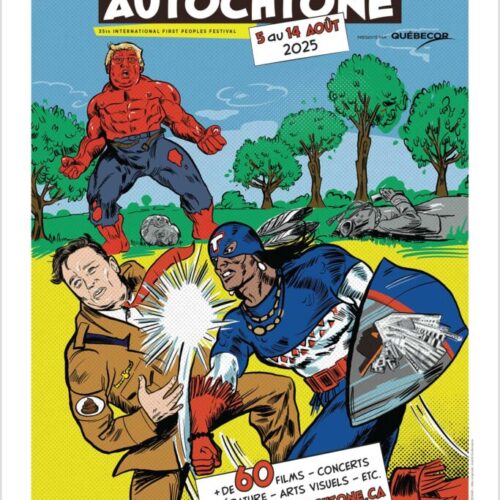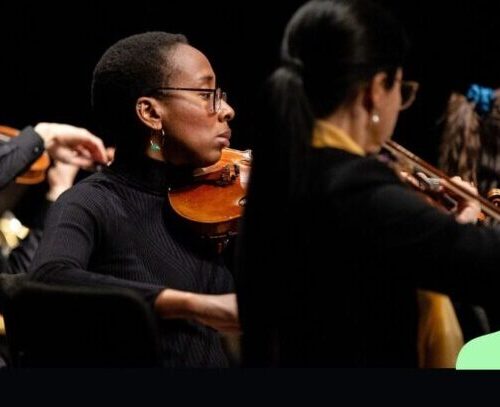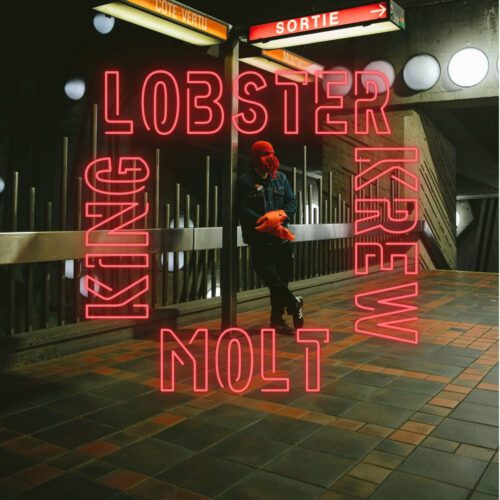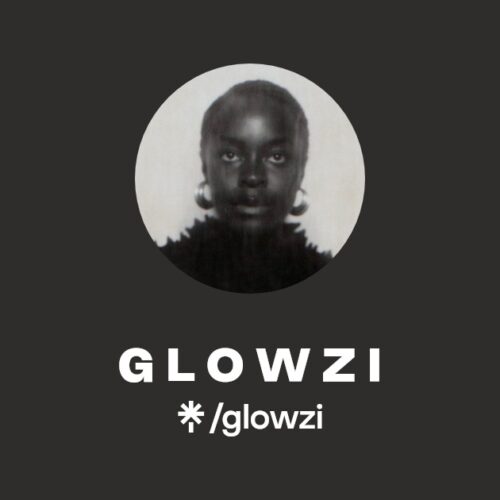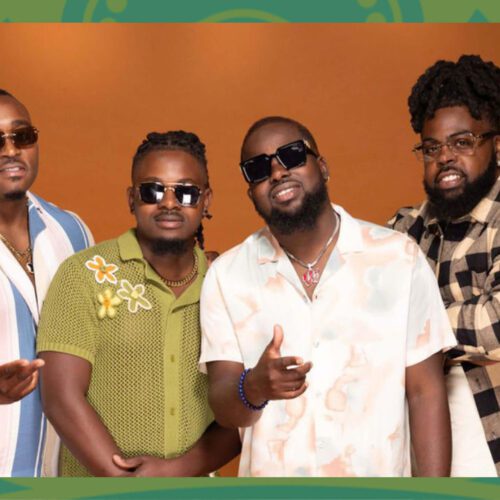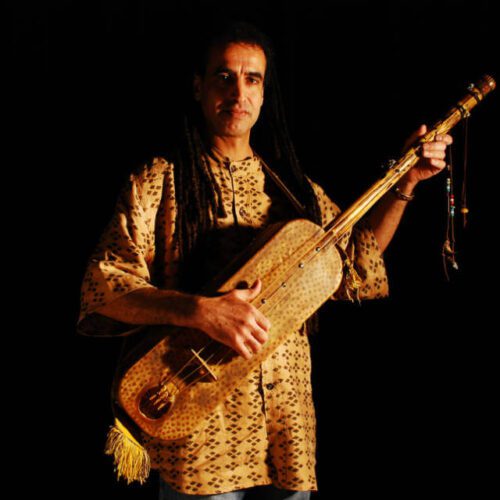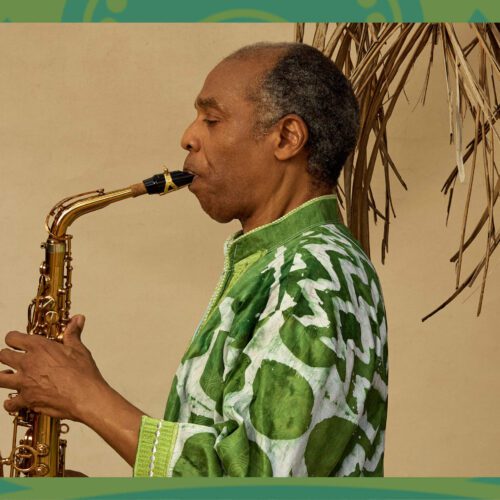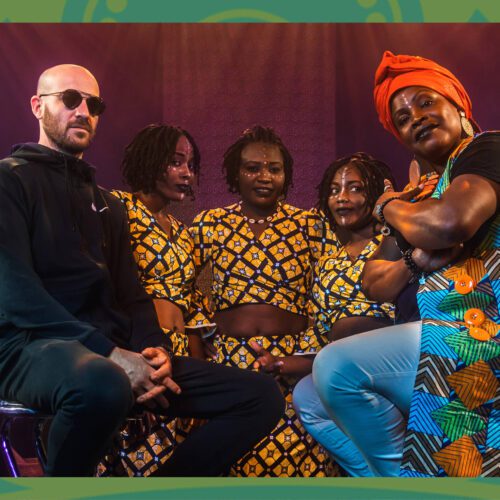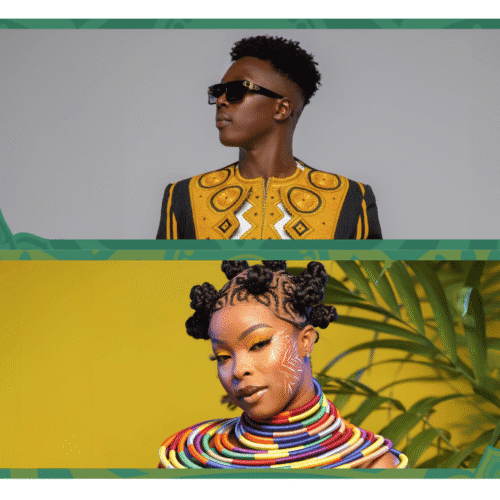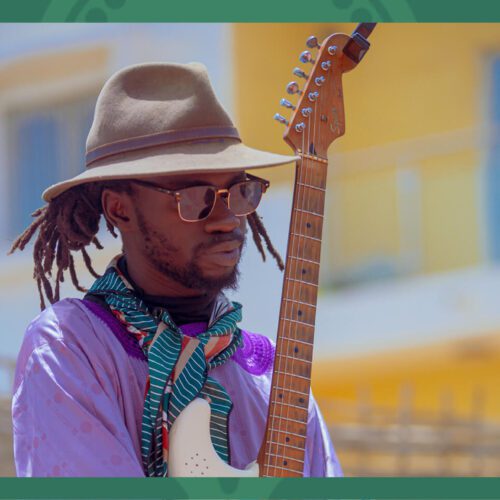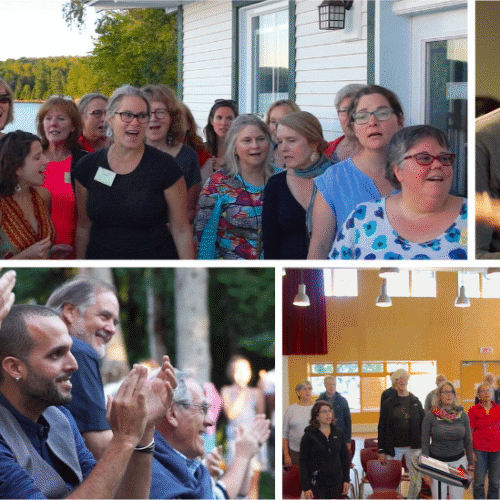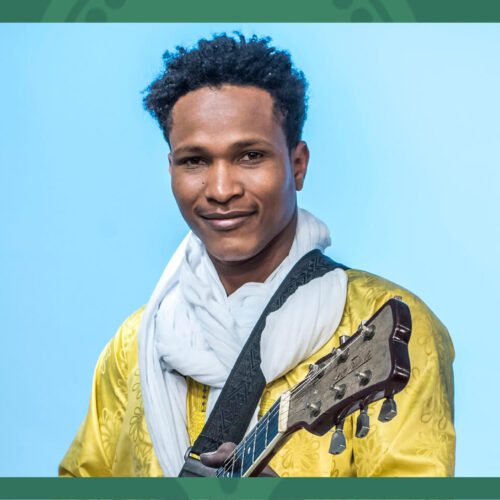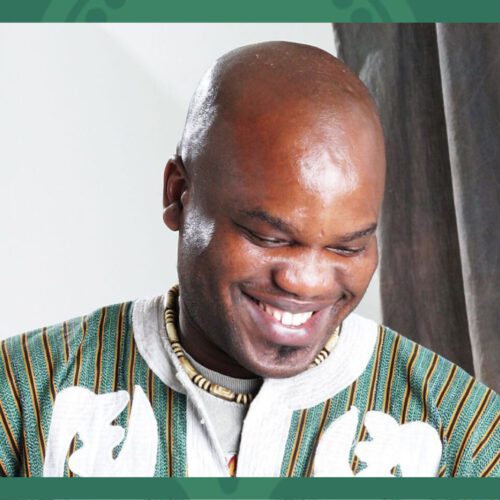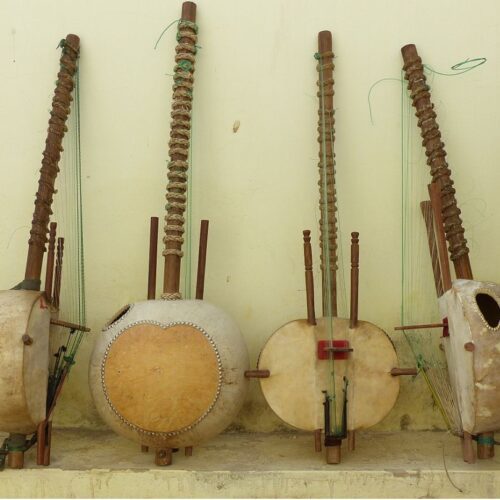Additional Information
“I must say, the hardest challenge for me is to not make the tracks too busy with all kinds of percussion layers,” says Nicola Mauskovic. “I really like creating new rhythms, but it’s not always beneficial for the song to completely squeeze it full of busy congas and guiras.”
Seems like a sensible approach, given that the group the Amsterdam-based musician and producer leads, The Mauskovic Dance Band, makes music that’s already packed to bursting with all kinds of stuff. Their first full album, an eponymous release on the Soundway label last year (after several EPs on Swiss imprint Bongo Joe), showcased their tangle of dizzy space disco, effervescent Afro-Colombian motifs, and outré NYC punk-funk, steeped in a stew of hallucinogenic howls and haunting chants, rubber-band basslines, eerie synth licks and enigmatic echoes.
Sounds like a lot of upbeat fun, and it is, but that’s a bit deceptive. Insinuated into the MDB’s sound is a subtle but certain streak of unease. “I think the hypnotic element in our music, from the repetitive rhythms, gives it kind of a darker atmosphere,” says Mauskovic.
“I have the feeling some people tend to see rhythmic music as happy music,” Mauskovic continues. “Or as soon if there is an upbeat groove, and congas or other percussion, the music is party music. Which for me isn’t the case.
“A lot of the ’70s and ’80s music from West Africa – which I listen to a lot – has, for me, a pretty dark or melancholy atmosphere. But definitely still danceable! I mean, I don’t consider techno, which is definitely made for the dancefloor, happy music.”
Let’s say, then, that MDB’s music isn’t so much gleeful as it is gregarious, in the zoological sense. A demonstration of human gathering as celebration – and in ordinary times, survival mechanism.
Mauskovic himself is a promiscuous player, with a resumé that includes Turk-psych revivalists Altin Gün, Zambian garage-rock elders W.I.T.C.H., and chamber-pop purveyor Jacco Gardner, with whom he formed the delirious duo Bruxas. Nonetheless, the MDB’s music begins in a solitary context.
“Working alone is for me the best way to really experiment and trying new things. Nobody is waiting for a result, or for when they can start to play their take. But in the end, we always finish the song with the full band, so it becomes more organic and live.”
The MDB took that principle one step further in their choice of where to record their album. Amsterdam’s Garage Noord might not match Abbey Road in its technical standards, but the atmosphere was perfect for Mauskovic and company.
“It’s a pretty smoky nightclub on the weekends, so the studio space is often used as an after-party place or the smoking room. But this also gives a good vibe to the place. It’s basically the storage room of the club, where they have a little recording set-up in the corner.
“The club and the band fit very well together. They program all kinds of music in the club but it always has a focus on the experimental, and percussive rhythms. A place where punk and techno come together.”
The approach was a bit different for MDB’s new Shadance Hall EP, due out April 17 on Dekmantel. It’s four whole new tracks, twice, and as Mauskovic puts it, “way more influenced by dub mixing and dancehall rhythms. The B-side is dub or riddim versions of the A-side.”
Working with producer Kasper Frenkel in his Electric Monkey studio, Mauskovic recalls, “We made many different versions of the tracks. Live-mixing to tape, we experimented with the reverbs and echoes he had in his studio – and used the studio more as an instrument.”
If you’re curious about the results, check out our review of the Shadance Hall EP, also here on PAN M 360.
